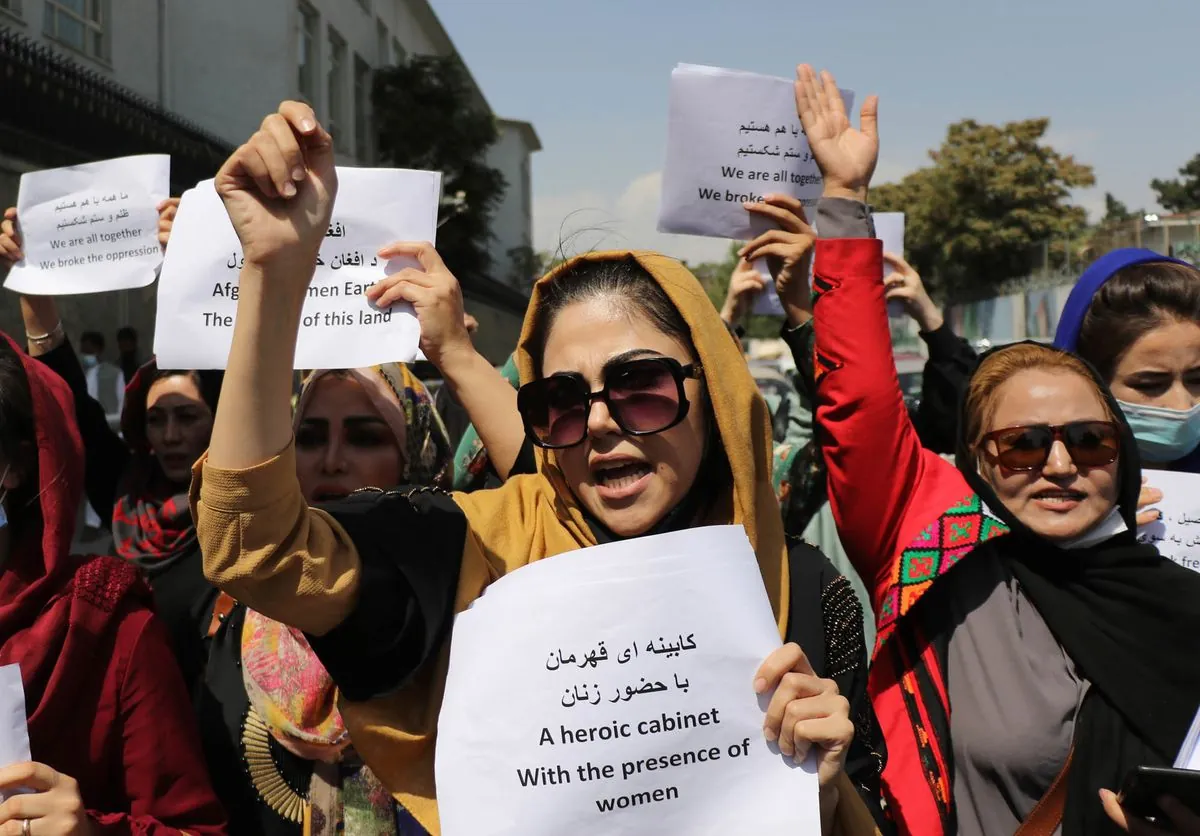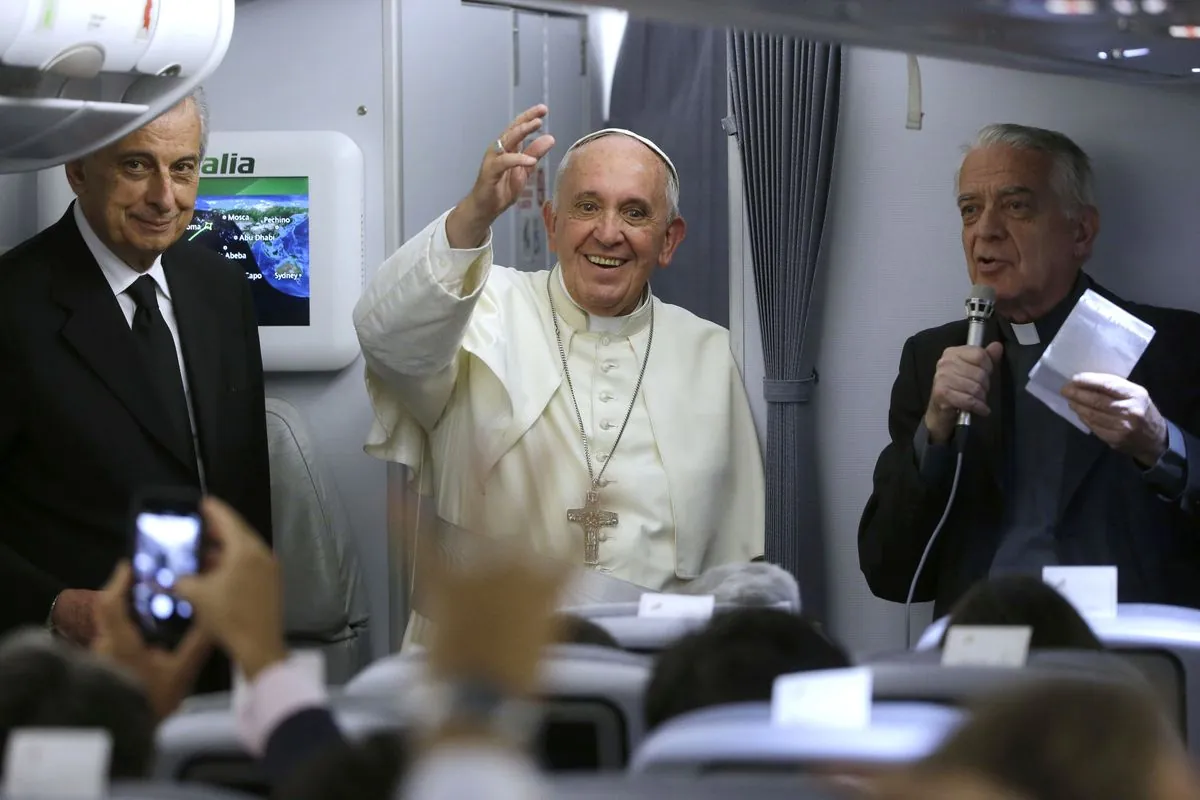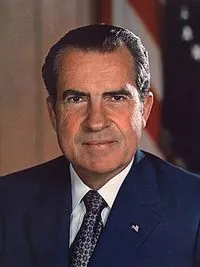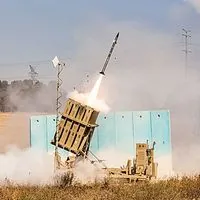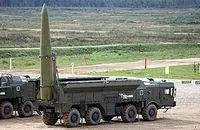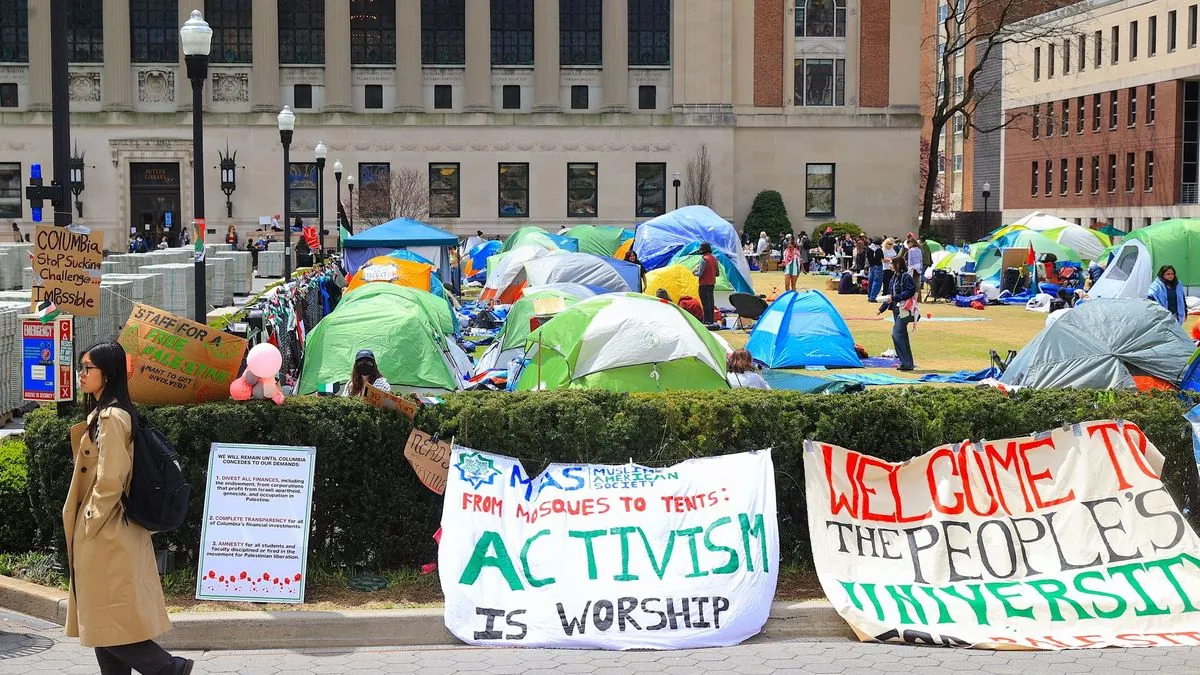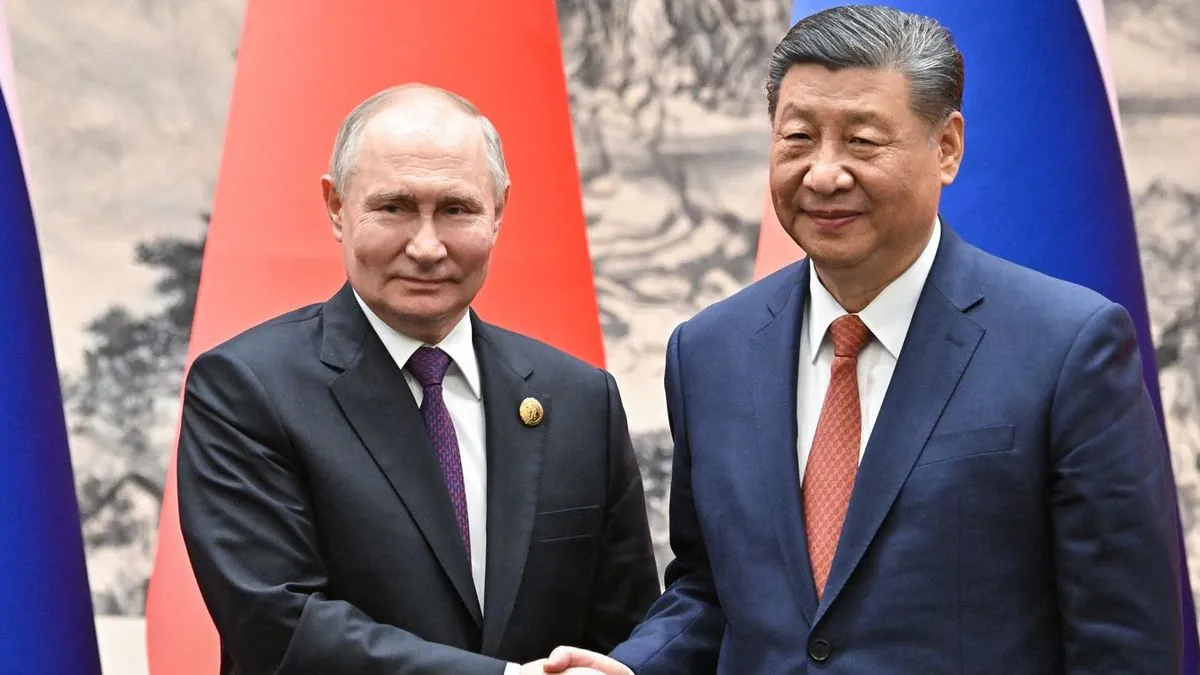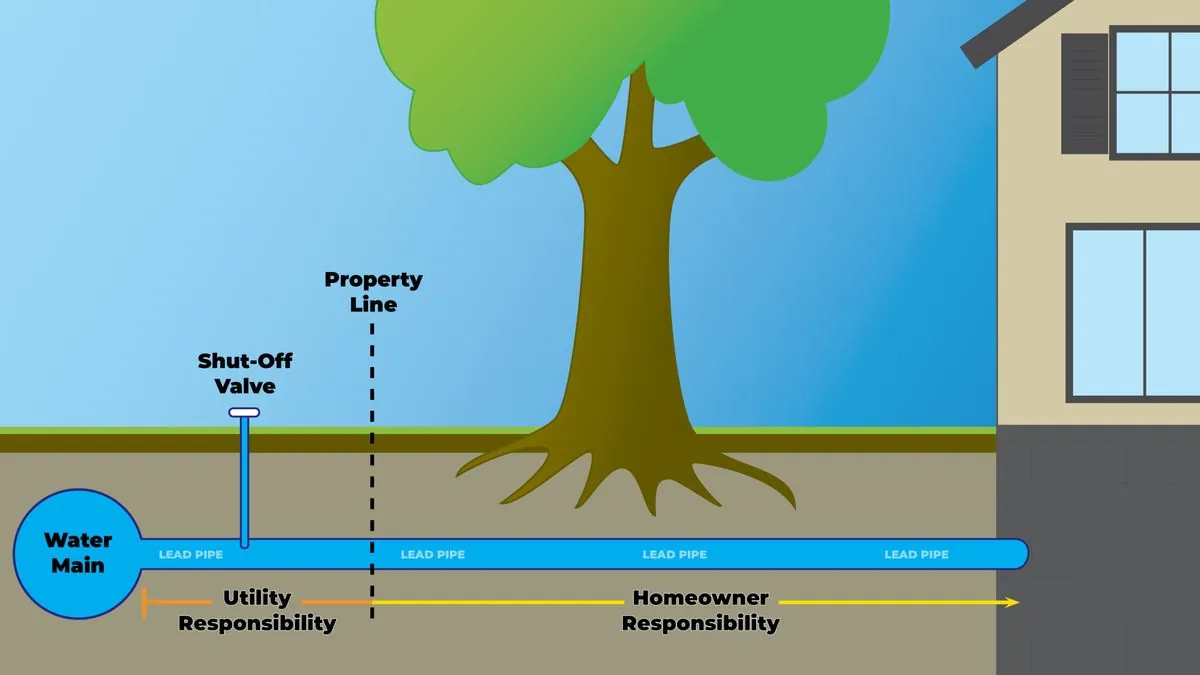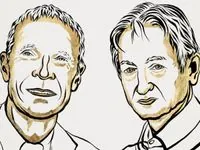Russia Maintains Crisis Hotlines Amid Escalating Nuclear Tensions
Russia confirms operational emergency hotlines with the US and NATO as nuclear risks rise. Moscow perceives NATO's increased focus on nuclear weapons, prompting updates to its own nuclear doctrine.
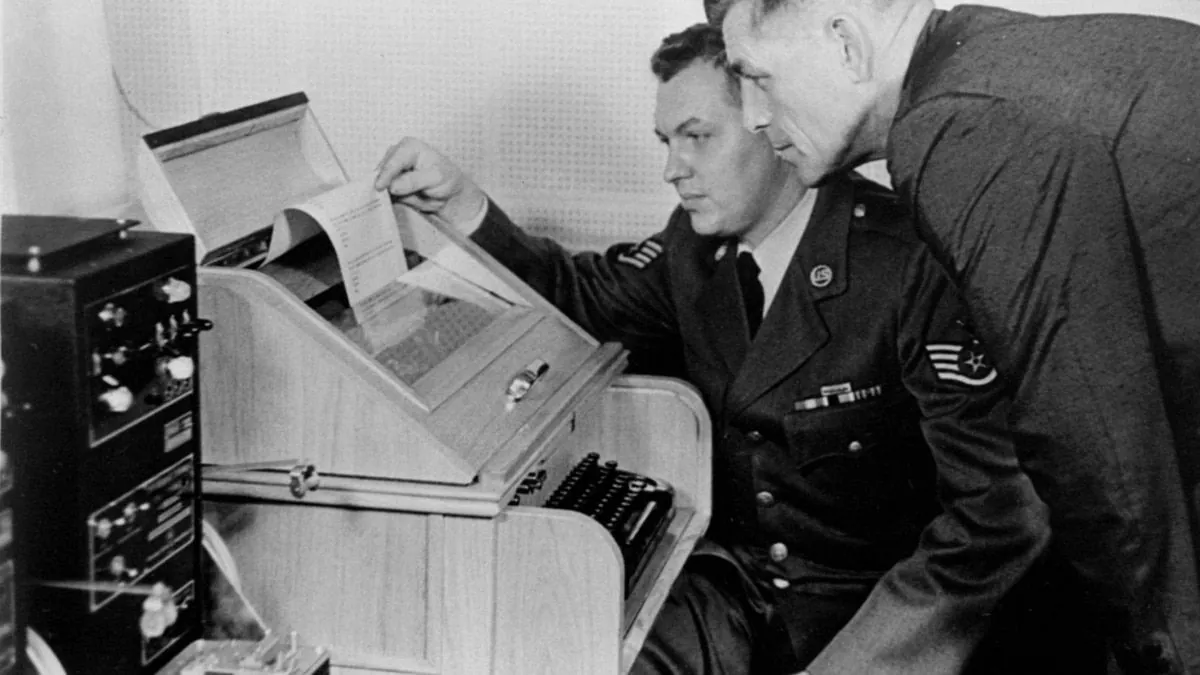
In the midst of escalating tensions between Russia and the West, Moscow has confirmed the continued operation of emergency hotlines with the United States and NATO. This revelation comes as nuclear risks reach levels unseen since the Cold War era, nearly two years after Russia's invasion of Ukraine on February 24, 2022.
Alexander Grushko, Russia's Deputy Foreign Minister overseeing relations with Europe and NATO, expressed Moscow's perception that the alliance is placing greater emphasis on nuclear weapons in its strategy. In response, Russia is revising its nuclear doctrine, a move intended to signal its readiness to defend itself "with all available means."
This development occurs against the backdrop of the ongoing conflict in Ukraine, which Russian officials describe as entering its most perilous phase. As Russian forces advance, the United States is contemplating allowing Ukraine to conduct deep strikes into Russian territory using Western-supplied missiles.
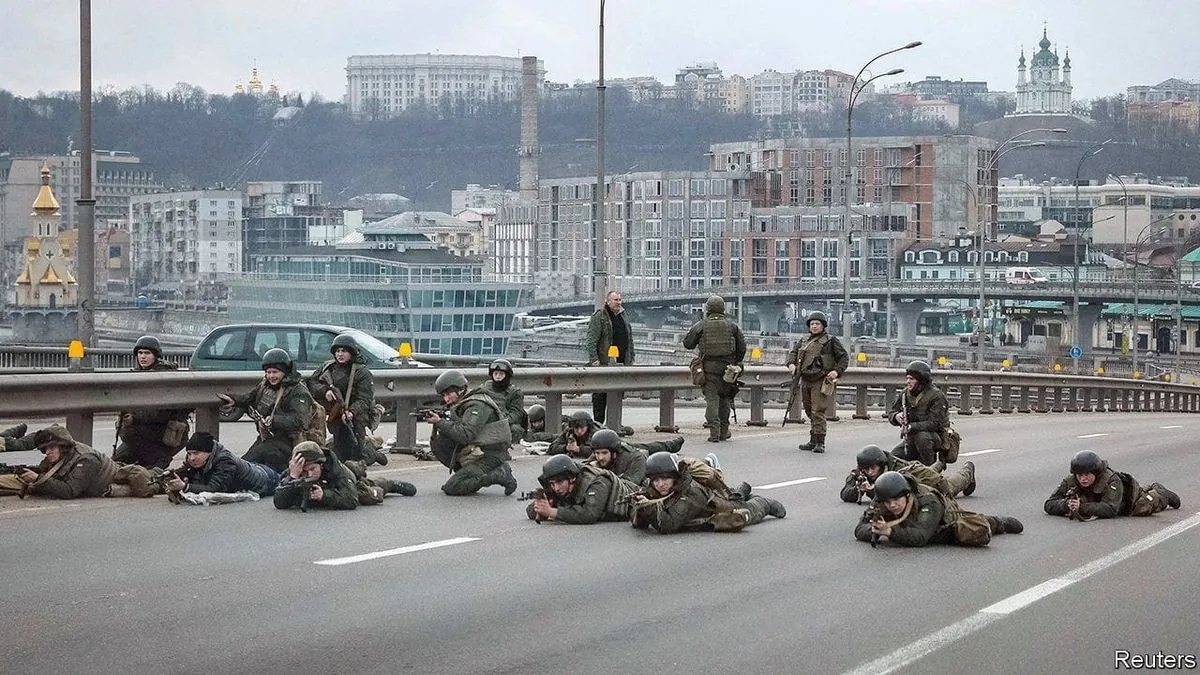
The concept of hotlines between nuclear powers dates back to the aftermath of the Cuban Missile Crisis in 1962. The first US-Soviet hotline was established in 1963, initially using teletype machines before evolving into the current secure computer communication system. This hotline has been crucial during major crises, including the Six Day War of 1967, the Soviet invasion of Afghanistan in 1979, and the 9/11 attacks in 2001.
"The direct involvement of NATO countries, the United States and European countries in the war in Ukraine."
Putin's statement reflects the growing concern over potential NATO involvement in the conflict. It's worth noting that at the height of the Cold War, the US and USSR possessed a combined total of over 60,000 nuclear warheads, highlighting the historical context of nuclear tensions.
In addition to the leaders' hotline, there are nuclear hotlines between the Pentagon and the Russian defense ministry, established during the Cold War to mitigate the risk of nuclear war. Following Russia's invasion of Ukraine, an additional "deconfliction" line was set up to prevent the conflict from escalating into a direct US-Russian confrontation.
The importance of these communication channels was demonstrated recently when Russian Defence Minister Andrei Belousov contacted US Defense Secretary Lloyd Austin in July 2023 regarding suspicions of a Ukrainian plot against Russia. This interaction underscores the ongoing use of hotlines in managing potential crises.
It's crucial to understand that these hotlines operate within a complex framework of nuclear deterrence strategies. The concept of "Mutually Assured Destruction" (MAD) was a key element of Cold War nuclear policy, while the "nuclear triad" – comprising land-based missiles, submarine-launched missiles, and strategic bombers – remains a cornerstone of modern nuclear deterrence.
As tensions continue to rise, the international community closely watches the Doomsday Clock, maintained by the Bulletin of the Atomic Scientists. As of 2023, it stands at 90 seconds to midnight, reflecting the heightened global risks.
The ongoing situation highlights the delicate balance between deterrence and diplomacy. While hotlines provide a crucial means of communication, the broader context of arms control agreements, such as the New START Treaty (extended until 2026), and international bodies like the International Atomic Energy Agency (IAEA) play vital roles in maintaining global nuclear stability.
As the world navigates these turbulent times, the existence and use of emergency hotlines serve as a reminder of the critical importance of open communication channels in preventing misunderstandings and potentially catastrophic escalations in the nuclear age.





